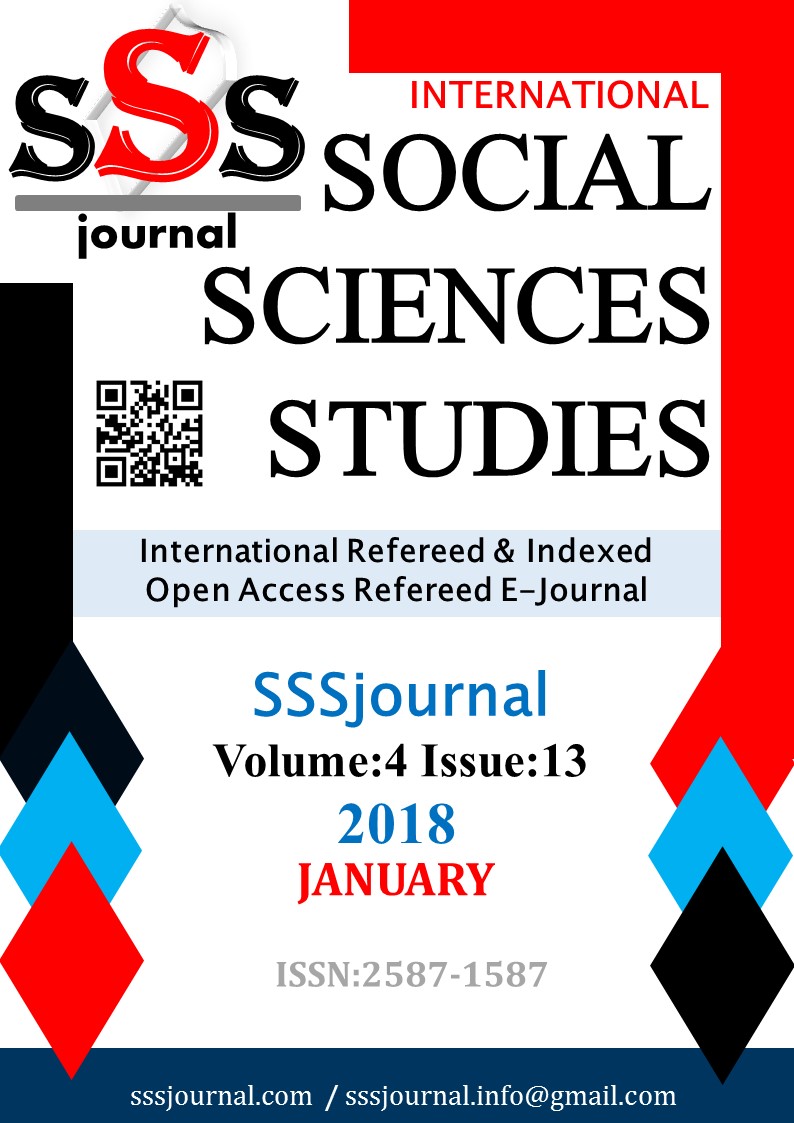Author :
Abstract
Küreselleşme ile birlikte ülkeler arasında entegrasyon ve ekonomik birlik kurma süreci de tüm dünyada hız kazanmıştır. Bu süreç içerisinde oluşturulan entegrasyon hareketlerinden biri de Güneydoğu Asya Ülkeleri Birliği (ASEAN)’dir. 1967’de temeli atılan ASEAN’ın son olarak 1999 yılında Kamboçya’nın da birliğe katılmasıyla üye ülke sayısı 10’a yükselmiştir. Ekonomik olduğu kadar bölgesel barış ve istikrarın sağlanması gibi ögeleri de bünyesinde bulunduran ASEAN 2016 yılı itibarıyla yaklaşık 2.5 Trilyon $ GSYİH’ya sahip bulunmaktadır. Bu rakam 1980 yılında sadece 206 milyon $’iken ilerleyen yıllarda büyük bir gelişme göstermiştir. Böylesine potansiyele sahip olan bir entegrasyon hareketi ile ticari ilişkilerin geliştirilmesi ise tüm ülkeler açısından önem arz eden bir durumdur. Bu düşünceyle Türkiye ASEAN ile ilk kez 1999 yılında kurumsal ilişkilerin geliştirilmesi kararını almıştır. İlişkilerin geliştirilmesi amacıyla yürütülen çalışmalar sonucunda 2015 yılında yapılan sektörel diyalog ortaklığı başvurusu kabul edilen Türkiye 2017 yılında ASEAN’ın sektörel diyalog ortağı olmuştur. Bu ortaklık Türkiye’nin 2023 hedefleri çerçevesinde ASEAN gibi bölgesel kuruluşlar aracılığıyla global ticaret pazarını güçlendirmesi açısından da önemli bir gelişmedir. Bu kapsamda çalışmada ASEAN ve Türkiye’ye ait makroekonomik verilerin yanında ASEAN üyesi ülkeler ile Türkiye arasındaki karşılıklı ticaretin gelişimi incelenmektedir.
Keywords
Abstract
The process of integration and economic union among countries along with globalization has gained momentum all over the world. One of the integration movements created during this process is the Association of Southeast Asian Nations (ASEAN). The number of member countries increased to 10, with the participation of Cambodia in 1999, when ASEAN was established in 1967. As far as the economy is concerned, such as the provision of regional peace and stability, the ASEAN countries have a GDP of approximately 2.5 trillion US dollars in 2016. This figure was only $ 206 million in 1980, but it showed a great improvement in the following years. The development of commercial relations with such an integration movement with such potential is a matter of importance for all countries. Turkey for the first time in 1999, with this in mind ASEAN has decided to develop institutional relationships. The sectoral dialogue partnership in 2015 as a result of studies carried out with the aim of improving relations Turkey has accepted the application of the sectoral dialogue partner of ASEAN in 2017. This partnership is an important development in the framework of Turkey's 2023 targets in terms of strengthening the global trade market through regional organizations such as ASEAN. Besides the macroeconomic data in this context of ASEAN and ASEAN member countries to work with Turkey on the development of mutual trade between Turkey are examined.
Keywords
- BDDK, Bankacılık Düzenleme ve Denetleme Kurumu, https://www.bddk.org.tr/WebSitesi/turkce/Raporlar/ Calisma_Raporlari/5176ABDMORTGAGE05082008x.pdf
- Guerrero, R. B., (2010). “Regional İntegration: The ASEAN Vision in 2020” Proceedings of The SARB/IFCSeminar On “Economic and Financial Convergence En Route To Regional Economic Integration:Experience, Prospects and Statistical Issues Amidst Global Financial Turmoil”, 14 August 2009, 2010, Vol. 32, Pp 52-58, From Bank For International Settlements Durban, South Africa,
- Hill, H & Menon, J. (2010). ASEAN Economic Integration: Features, Fulfillments, Failures and the Future, ADB Working Paper Series on Regional Economic Integration, No 69.
- IMF, International Monetary Fund www.imf.org/~/media/Files/Publications/WEO/2017/October/pdf/main- chapter/text.ashx?la=en
- IMF, International Monetary Fund, https://www.imf.org/external/pubs/ft/weo/2012/01/pdf/text.pdf
- Kurlantzick, J. (2012). ASEAN’s Future and Asian Integration, Internatioanl Institutions and Global Governance Program, Working Paper, No:10.
- Seyidoğlu, H., (2003). Uluslararası İktisat, Güzem Yayınları, İstanbul.
- Verbeke, A., ve Merchant, H. (2012). Handbook of Research on International Strategic Management, Edward Elgar Publishing,
- Wong, J. (1980) ASEAN Economies in Perspective, A Comparative Study of Indonesia, Malaysia, The Philippines, Singapore and Thailand.The Macmillan Press Ltd., Reprintsd, Hong Kong.





